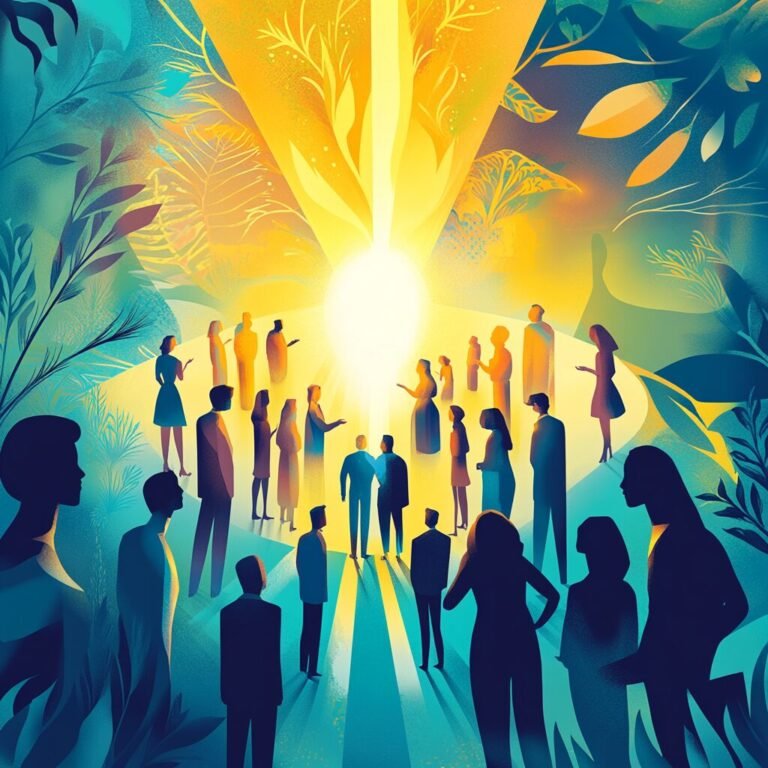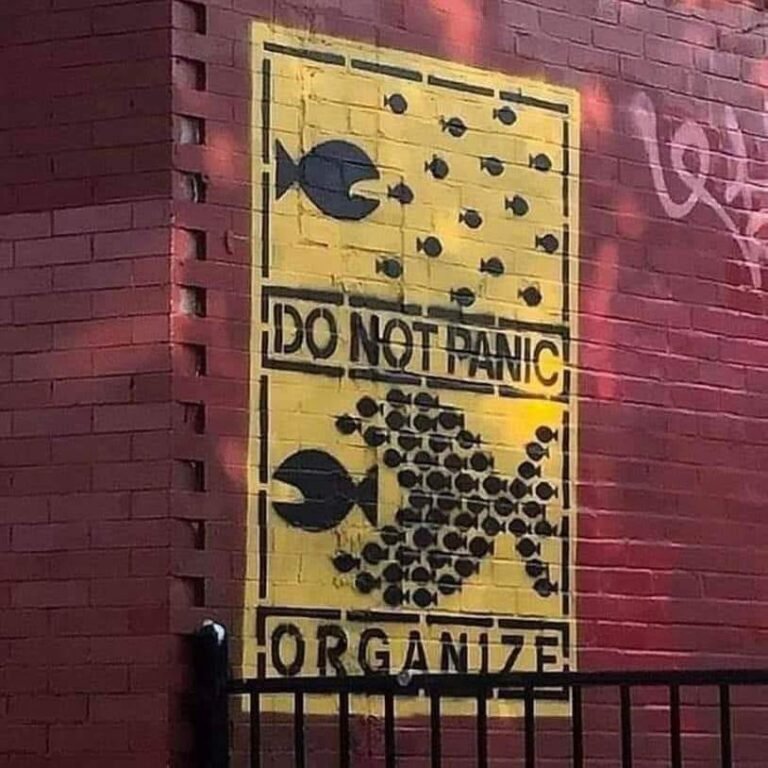Voices Unheard: Addressing the Silent Struggles in Academic Leadership
Today, I pay tribute to the revered Reverend Martin Luther King Jr. by drawing upon his unique ability to recognize and provide insightful criticism of events that are frequently misinterpreted or ignored. He was more than just the person who could deliver the “I Have a Dream” speech. That is the version that is more appealing to listen to on the radio, which is what we have become accustomed to hearing. He was brave and explicit when he spoke about the ongoing issues that existed back then and continue to exist today. The recent conversations around Dr. Candia-Bailey that has been so precise and intellectual over the past week that I am unable to read it quickly enough is something that I feel compelled to provide my thoughts on. Roland Martin and the guests had a responsible and thought-provoking conversation on this tragic event.
We at this moment are focused on a critical yet frequently overlooked issue: the well-being of Black female leaders in academia, specifically the tragic death of Dr. Candia-Bailey. Today, I was having a conversation with a colleague who is also a professional in the field of student affairs. We talked about some recent and ongoing challenges in higher education. The fact that this matter requires our immediate attention is a reflection of more widespread systemic problems that we cannot afford to ignore.
Current heartbreaking occurrences involving Black women in academia, some of which culminated in tragic deaths in apart as a result of overwork, and others, such as the worrisome example of a respected Black female leader’s suicide suggested to be a result of bullying and a toxic environment, highlight a grim reality. These incidents resulted in catastrophic losses that negatively impacted families, friends, and collegial circles. This is what man of us speak of when we research and write about secondary and vicarious trauma. Instances like these are not unique occurrences but rather are manifestations of a widespread issue. The experiences of many minoritized professionals in unfriendly academic contexts, which are in no way comparable to their dedication, intellect, and unshakable commitment, paint a dismal picture of the obstacles that minority groups, and notably Black women, endure in higher education.
Furthermore, as I continue to reflect further on this matter, it is possible that I will appear contradictory to my dislike of “channel switching,” which is the practice of abruptly changing topics to embrace a wider demographic spectrum. Nevertheless, the experiences of influential people like Dr. Joanne E. Epps, Dr. Orinthia T. Montague, Dr. Claudine Gay, and Dr. Antoinette Candia-Bailey shed light on a troubling trend that is all too prevalent for underrepresented people working in higher education.

If you have chosen to honor me by spending some time reading this post (forgive me for any typos because I am free writing not to overthink how this could be interpreted), let us take a 20-second moment of silence to honor these brilliant and courageous women for their unrelenting commitment to the profession I and many of us hold so dear. A moment of silence for these brilliant, dedicated heroines who fought the good fight and they will be sorely missed.
The challenges we face are not just theoretical concepts; they are daily realities that either we personally endure or are closely familiar with through the experiences of our colleagues and friends. Regrettably, the majority of these stories do not garner widespread attention or make national headlines, though they rightfully should. A common suggestion for those struggling in their work environments, often from well-meaning loved ones, is to change professions or simply “leave.” However, I contest this as an effective method for initiating change. While I acknowledge that such a step may be necessary for health and well-being in extreme cases, I believe it is not the solution to erasing, undoing, or healing the trauma caused by extremely toxic workplaces.
Even as we engage in therapeutic work and strive for self-healing, these experiences remain with us constantly. The trauma doesn’t just stay at our former place of employment; it can be carried forward if we don’t undertake the necessary work to address it. Unfortunately, the realities of our next workplace are often similar to those we left, with only superficial differences and a change of faces as the only variations. This perspective may sound terribly pessimistic and negative – tell me if I’m lying.
It is possible that this post will be regarded with skepticism and called negative by certain individuals. I get that; I am simply reporting the realities, and sometimes those realities are not lovely little parables or positive memes but rather the truth. There are certainly work environments that are conducive to growth and well-being. We honor those who are responsible for their creation, those who nurture them, and those who guard them.
But I ask…Where are these utopias, these ‘Shangri-las’ of the professional world for minoritized academics and professionals? What are the reasons for their scarcity and elusiveness?
I would like to encourage everyone to reconsider how we use the word “culture.” Frankly, we place a little too much emphasis on this term. Culture cannot be held accountable, as it is not a person; however, individuals and organizations can be. Isn’t culture essentially a collective state of mind? It is shaped and established by the prevailing thoughts and attitudes within a given organizational context.
People – individuals are responsible for creating a culture. It is a product of a collection of mindsets within any organizational context. Culture changes by changing minds or changing people.
The harsh reality is that the stories generated by recent tragedies in higher education, which are making headlines nationwide, offer only a glimpse into the daily lives of thousands of people at this moment. These narratives often highlight individuals struggling with severe health issues, such as hypertension, anxiety, and heart disease, exacerbated by continuous exposure to stress, toxic people, and environments. Over the past decade, I have seen colleagues face major health emergencies predominantly due to job-related stress. Given this context, these stories that gain widespread attention resonate deeply with me, as they do with countless others. Please understand that we are not fabricating these issues, nor are we weak in either body or mind.
Know your audience.
To those outside of minoritized communities, in many cases, professionals who are members of underrepresented groups have been forced to face obstacles that would have caused some of their colleagues to collapse and whither under a fraction of the stress they endure daily. When offering guidance on mental toughness and perseverance, it is important to be aware of your audience. These attempts at help are and I mean this with no disrespect – tone deaf. Lessons on resiliency are not something that most Black and Brown people require.
We develop that skill early in life because of life.
I would suggest, especially in light of everything happening at the community, state, and national levels, that what minoritized people really need is extraordinary and extended, even ridiculous and radical, empathy. In fact, we are all deserving of this, regardless of race, religion, color, or creed.
The issues being discussed are not new; however, recent events have shown that even the most remarkable among us are not immune to violence on the streets, in our homes, and in our workplaces. My deliberate use of the word “violence” is intentional, as I am aware it may provoke anger in some. We are, indeed, discussing violence in this context, and there is no need to sugarcoat it.
It is long past time to find actionable solutions that end the vicious cycle of physical, mental, and psychological workplace violence, for that is precisely what it is. Although the impact may not be as immediate as a physical assault, it leaves deep scars that last for a long time. Questions such as “How do these harmful environments continue to exist, and how do the perpetrators continue to go unchallenged?” are among the most critical topics we need to address. How can we protect ourselves and ensure that these hazardous environments are held accountable?
We need a policy plan and resources that operate independently and are not beholden to organizations. These organizations should offer services with a multi-pronged approach, supporting clients who face hostile colleagues, bosses, and work environments. These services should address the mental, tactical, and preparatory training needed for minority professionals. Such resources are essential to prepare and protect professionals of color as they strive for what everyone desires: to work hard, be appropriately compensated, and be respected. That’s fundamentally all there is to it; there isn’t much more than that.
When we are looking for answers, we must not only bring attention to these distressing situations, but we must also work toward bringing about changes in all aspects of our lives. In order to bring about this transformation, it is mutually beneficial to construct communities that are supportive, to advocate for policy reforms, and to cultivate cultures that genuinely appreciate diversity and inclusivity.
In conclusion, I would want to express my solidarity and support to those who are guiding themselves through these difficult terrains. I hope that you are able to find the strength and safety you need on your trip, and let us work together to make sure that stories of agony like this are no longer relevant in the future. A world in which the health, well-being, and grace of every individual are not only respected but also ferociously defended is something that we should strive to achieve.







